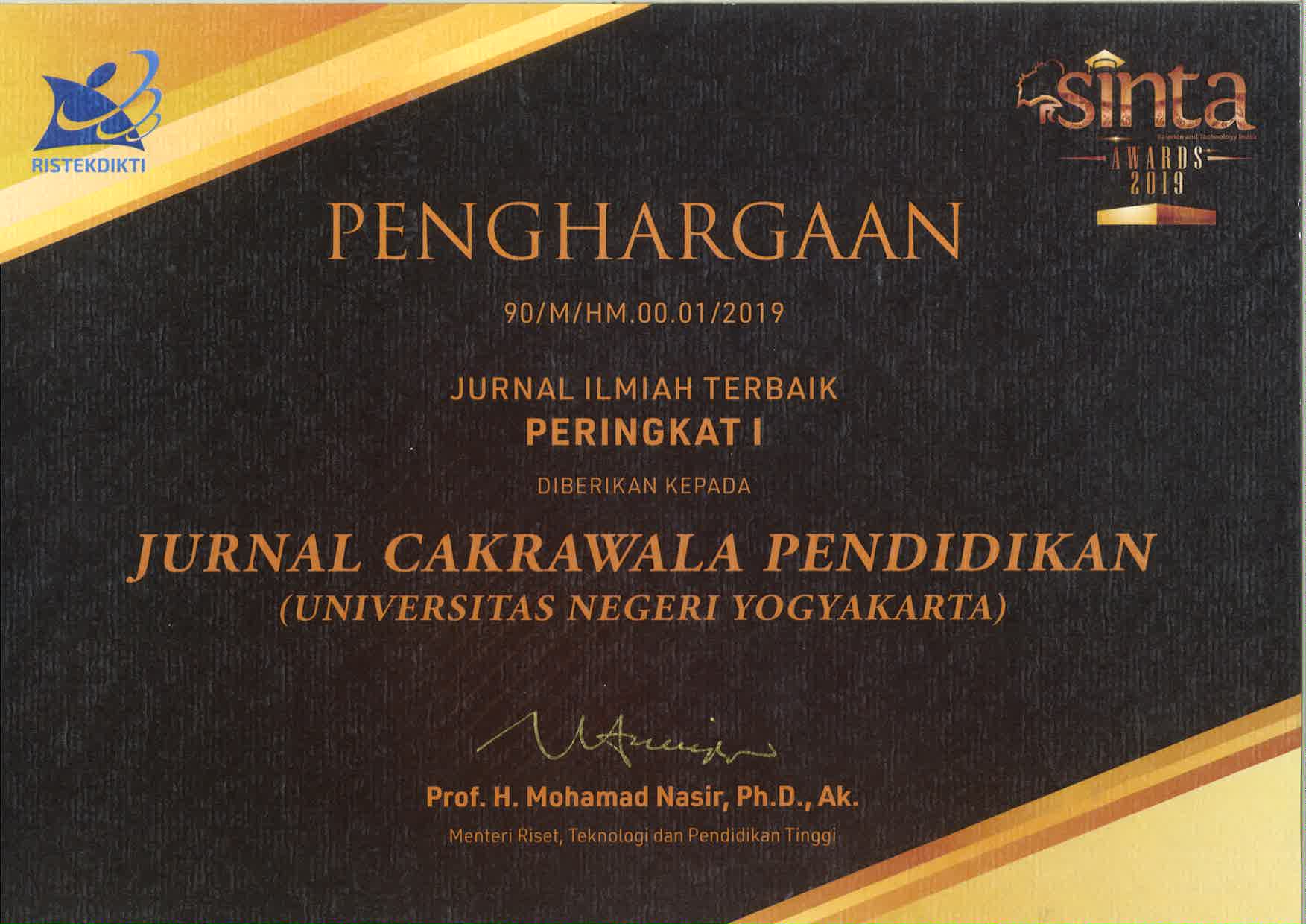Revisiting pedagogical skills: A comprehensive analysis of Mathematics teaching competencies among elementary educators
Downloads
Downloads
Arends, R. I. (2021). Learning to teach. McGraw Hill Book.
Armsey, J. W. & Dahl, N. C. (2020). An inquiry into the uses of instructional technology. Ford Foundation Report.
Barber, L. L. (2018). Communication in the classroom. Prentice Hall, Inc.
Buchanan, J., Prescott, A., Schuck, S., Aubusson, P., Burke, P., & Louviere, J. (2013). Teacher retention and attrition: Views of early career teachers. Australian Journal of Teacher Education, 38(3), 112-129. doi:10.14221/ajte.2013v38n3.9
Burns, R. B. (2019). The self-concept. Longman Group, Ltd.
Collie, R. J., Shapka, J. D., & Perry, N. E. (2012). School climate and social-emotional learning: Predicting teacher stress, job satisfaction, and teaching efficacy. Journal of Educational Psychology, 104(4), 1189-1204. doi:10.1037/a0029356
Darling-Hammond, L., Hyler, M. E., & Gardner, M. (2017). Effective teacher professional development. Learning Policy Institute. https://learningpolicyinstitute.org/product/effective-teacher-professional-development-report
Day, C. (2017). Continuing professional development: An essential component of professional life and school development. International Journal of Leadership in Education, 20(5), 566-575. doi:10.1080/13603124.2017.1345272
Desimone, L. M., & Garet, M. S. (2015). Best practices in teacher's professional development in the United States. Psychology, Society, & Education, 7(3), 252-263. doi:10.25115/psye.v7i3.515
Engkoswara. (2019). Menuju Indonesia modern 2020. Yayasan Amal Keluarga.
Fokkens-Bruinsma, M., & Canrinus, E. T. (2014). Motivation for becoming a teacher and engagement with the profession: Evidence from different contexts. International Journal of Educational Research, 65, 65-74. doi:10.1016/j.ijer.2013.09.012
Gagne, R. M. & Driscoll, M. P. (2019). Essentials of learning for instruction. Prentice Hall, Inc.
Gagne, R. M. (2019). The conditions of learning. Lawrence Erlbaum Associates Publisher.
Guskey, T. R., & Yoon, K. S. (2009). What works in professional development? Phi Delta Kappan, 90(7), 495-500. doi:10.1177/003172170909000709
Hall, C. S. & Lindzey, G. (2020). Theories of personality. John Wiley & Sons Inc.
Hattie, J. (2012). Visible Learning for Teachers: Maximizing Impact on Learning. Routledge.
Heinz, M. (2015). Why choose teaching? An international review of empirical studies exploring student teachers' career motivations and levels of commitment to teaching. Educational Research and Evaluation, 21(3), 258-297. doi:10.1080/13803611.2015.1018278
Kennedy, M. M. (2016). How does professional development improve teaching? Review of Educational Research, 86(4), 945-980. doi:10.3102/0034654315626800
Klassen, R. M., & Tze, V. M. C. (2014). Teachers' self-efficacy, personality, and teaching effectiveness: A meta-analysis. Educational Research Review, 12, 59-76. doi:10.1016/j.edurev.2014.06.001
Marsh, H. W., & Martin, A. J. (2011). Academic self-concept and academic achievement: Relations and causal ordering. British Journal of Educational Psychology, 81(1), 59-77. doi:10.1348/000709910X503501
Miarso, Y, dkk. (2019). Definisi teknologi pendidikan. CV. Rajawali.
Richardson, P. W., Watt, H. M. G., & Devos, C. (2013). Types of professional and emotional coping among beginning teachers. Journal of Educational Psychology, 105(3), 731-748. doi:10.1037/a0031740
Stinnett, T. M. (2020). The profession of teaching. Prentice Hall.
Stinnett, T. M. (2020). The Teacher's Personality and Professional Conduct. Johnson Press.
Sudjana. (2019). Teknik analisis regresi dan korelasi bagi para peneliti. Tarsito.
Jurnal Cakrawala Pendidikan, Jurnal Ilmiah Pendidikan, with ISSN: 0216-1370, is published by the Institute of Education Development and Quality Assurance (LPPMP UNY). Cakrawala Pendidikan has been recently has been re-accredited by Indonesian Ministry of Education and Culture decision Number 230/E/KPT/2022 which is valid for five years since enacted on 30 December 2022.




























